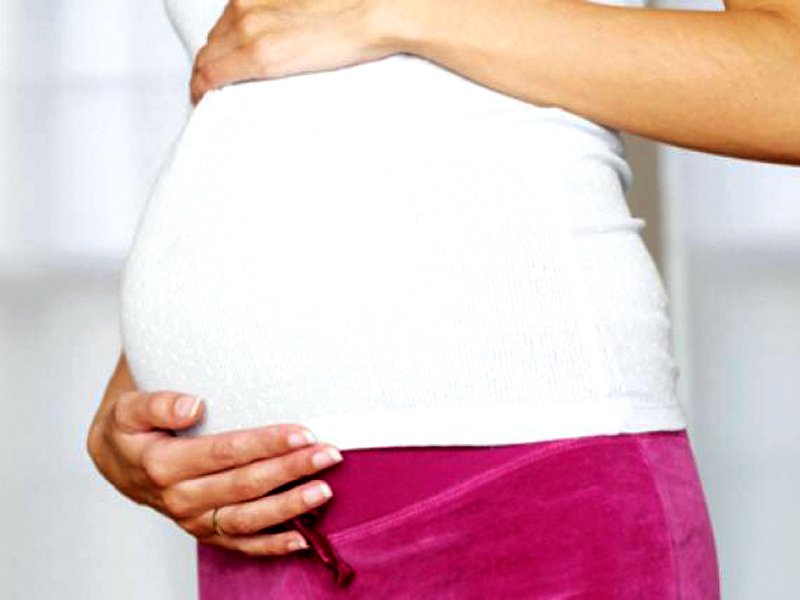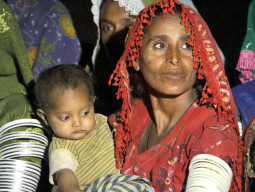
With the prevalence of anemia so high among women, expectant mothers are even more at risk of developing this condition because they need more oxygen, and consequently more iron, in their blood to support a growing foetus.
Other kinds of anemia during pregnancy arise from vitamin B12 and folate (vitamin B9) deficiency that can lead to certain types of birth defects, such as neural tube abnormalities (spina bifida), preterm labour and low birth weight. Both vitamins are vital for producing healthy cells, including the red blood cells that carry oxygen to the baby inside the womb.
Symptoms
1.Pallor: When the skin is visibly pale, along with palms, lips, mouth and other mucous membranes.
2.Pica: A condition where the patient has an appetite for non-nutritive substances, such as paper, sand, pencils, mud, chalk and paint.
3.Fatigue
4. Dizziness
5.Breathing difficulty and heart palpitation
6. Irritability and trouble concentrating
Causes
1. Poor dietary intake
2. Heavy menstrual flow
3. Teenage pregnancy, since the condition multiplies the already high iron requirement of an adolescent body
4. Repeated pregnancies in a short time span
5. Excessive blood loss during childbirth
6. The overuse of common pain-killing and fever-reducing drugs called non-steroidal anti-inflammatory drugs (NSAIDs)
7. Peptic ulcers, stomach or bowel cancer, or chronic kidney diseases, which may cause bleeding inside the body
Effects
If iron-deficiency anemia is left untreated, it makes the body susceptible to infections, and a severe deficiency may increase the risk of developing heart failure. It may also hamper a teenage woman’s growth and development, while an anemic pregnancy may lead to a higher risk of developing complications before and after birth.
Prevention
1. Pregnant women should keep up with their antenatal checkups. Seek medical assistance if you show signs of anemia and take iron and folic acid supplements as prescribed.
2. Eat iron-rich foods such as red meat, egg yolks, dark leafy vegetables, particularly spinach, dried fruit such as dates, raisins and nuts, iron-fortified cereals and grains, fruits, particularly apples, chicken giblets, and pulses such as beans, lentils, chickpeas and soybeans.
3. Calcium found in dairy products, antacids and supplements hinders iron absorption by the body. Avoid taking sources of calcium and iron together.
4. Vitamin C helps the body absorb iron. Hence, intake of citric fruits and vitamin C supplements may be increased.
Saadia Khan is a pediatric resident from Multan. She tweets @drkhanchc
Published in The Express Tribune, Sunday Magazine, June 1st, 2014.










































COMMENTS
Comments are moderated and generally will be posted if they are on-topic and not abusive.
For more information, please see our Comments FAQ